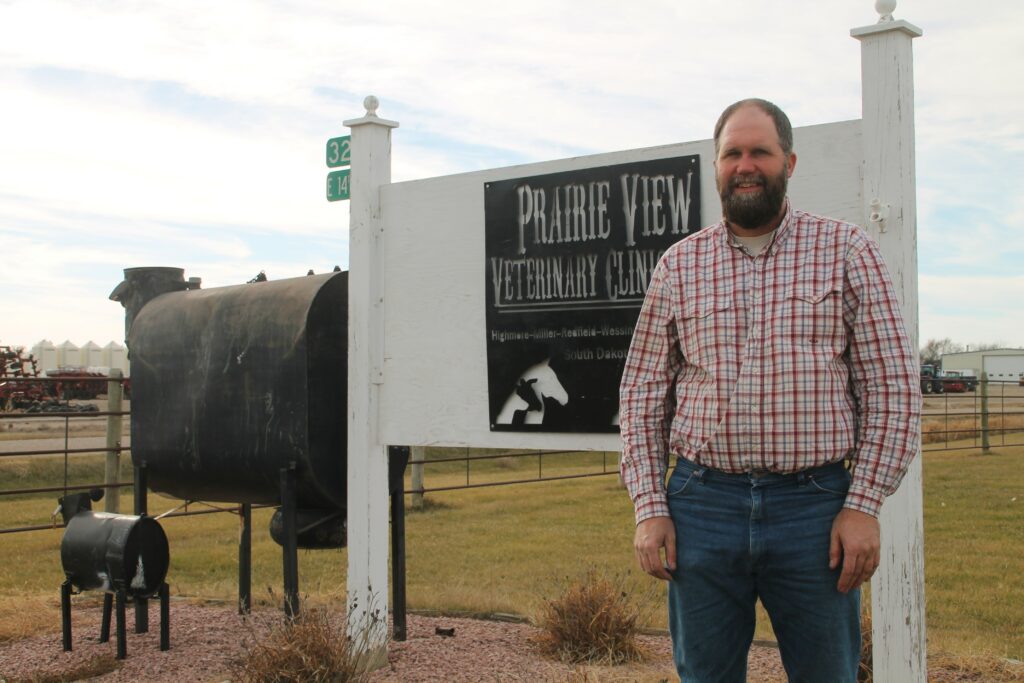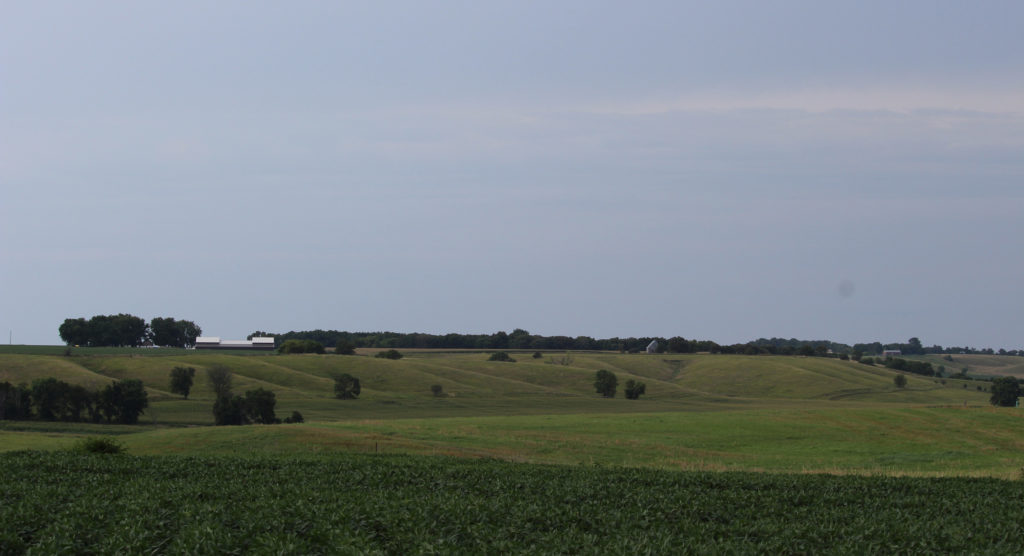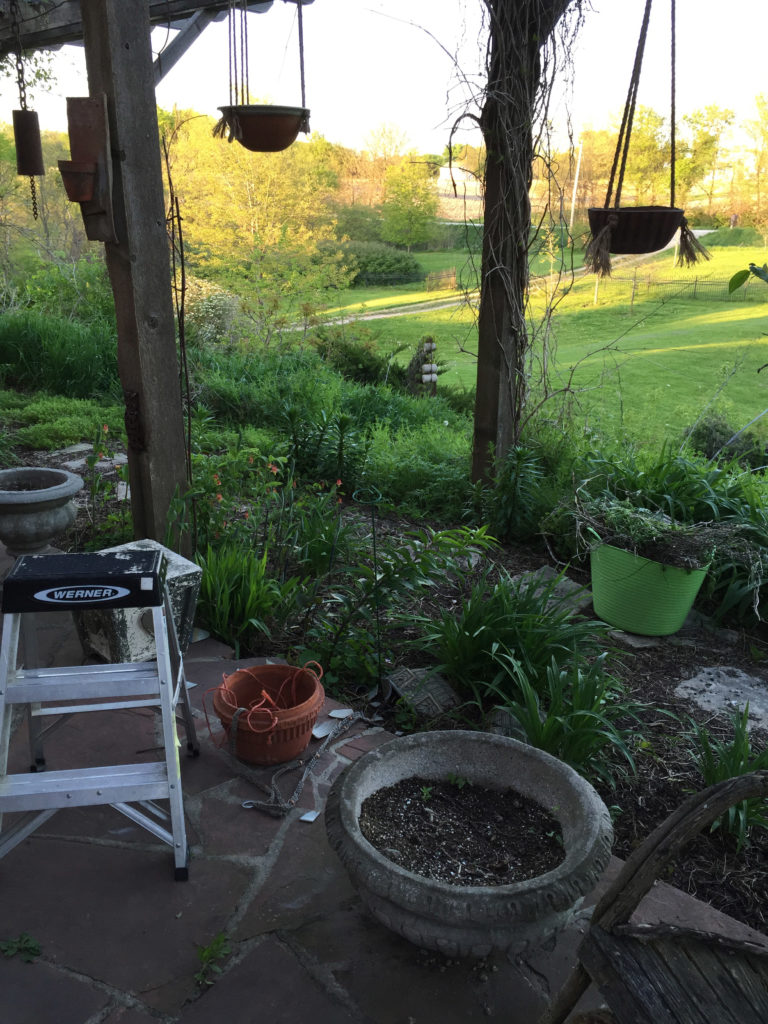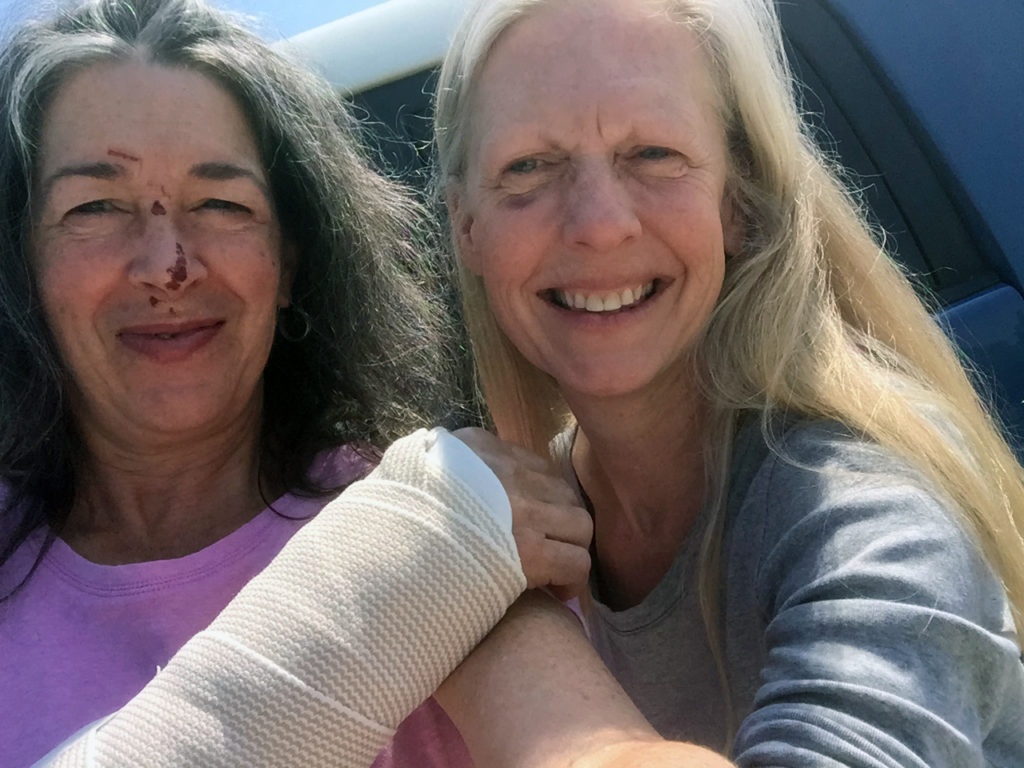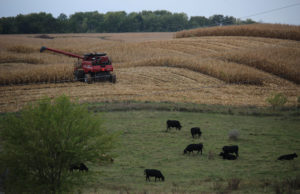While treating cattle in a squeeze chute, it only took a moment to become a crisis for South Dakota veterinarian Eric Knock. He leaned in as the chute was released to allow the animal to exit, and his head was caught between two mechanisms on the chute.
It was September 2022 when Knock, a South Dakota veterinarian with 15 years of experience, was working with a crew to ultrasound and pregnancy-check heifers in a producer’s pasture. As he finished treating a bull, he stood up next to the chute. At the exact moment, the chute squeeze gate was released to free the bull, causing Knock’s skull to become pinched between the chute frame and squeeze mechanism.
“Most people aren’t tall enough to get hung up like I did,” 6-foot-8-inch tall Knock said. “I’ve since heard of a young North Dakota man who stood on a bucket to get a better angle to treat the cattle and came in contact with the chute as the head gate was released. I’m taller than many people, so that was an element of this incident.”
The two vet techs working with Knock, Gavin Machtemes and Darcy Boersma, and a cattle producer who was helping acted quickly.
“I never lost consciousness,” Knock said. “But I don’t remember much of what happened.”
Blood streamed from his right ear and nose by the time he was freed. Even though he conversed with others on-site while an ambulance was summoned, he doesn’t recall details of the incident or being airlifted to Avera McKennan Hospital in Sioux Falls, where he was hospitalized for 12 days.
“I didn’t need surgery, but I had several skull fractures,” Knock said. “Doctors used words like ‘extensive’ and ‘many.’ None of the fractures were displaced. If that had happened, the outcome could have been much more serious.”
Knock did suffer an epidural hematoma, which is bleeding between the brain and skull. Fortunately, the bleeding resolved on its own.
The pressure of the chute caused cranial nerve damage that affected his right eye, causing him to wear a patch over the eye for a time.
“I had double vision in that eye for a while,” he said. “Without the patch, I had difficulty focusing and functioning. It’s pretty well healed now.”
Knock lost hearing in his right ear due to the loss of 80% of his eardrum and damage to his middle ear. Three months after the incident, the Avera surgical team put prosthetic titanium bones in his inner ear and built an eardrum out of a piece of membrane taken from another part of his ear. He has now nearly recovered full hearing in that ear.
Knock missed several months of work. He began working again with small animals, then by that October with cattle. While most of his physical injuries have healed, Knock’s approach to his work and awareness of safety practices is changed forever.
Lessons learned
“Everyone at our clinics has always worked with safety in mind,” Knock said. “However, we are all now more vigilant and mindful of the safety risks in our work environment.”
Since his injury, Knock takes a few crucial seconds to assess his environment before he starts working. He makes a concentrated effort to keep safety in mind during every process.
“I’m more aware of where everyone is while we’re working,” he said. “I pay close attention to pinch points on equipment, so I recognize the hazards to myself and fellow workers. We all know there are dangers when we work around large animals and equipment. This incident has intensified our understanding of what can happen.”
Since his injury, Knock has encouraged clients to know their equipment well, identifying pinch points and points of potential injury. He also recommends planning an escape route before working with large animals in any setting.
He’s more aware that interns who work in his and other veterinarian clinics aren’t likely to be experienced with equipment such as a squeeze chute. Strike points, related to a squeeze chute headgate, are another point of potential injury, such as a concussion.
“The crew on the farm where we’re working may not be fully aware of the hazards of a chute either,” he said. “It’s a good idea to review those details before we start working so everyone is aware of potential issues.” Talking to those working around the chute has become part of the routine to show potential pinch or strike points. With chutes from several different manufacturers, there are other areas to watch on the different chutes.
“There are ways to talk to people about safety practices just in the normal course of business,” Knock said. “I know that people around me who learn about the accident are more aware of their surroundings and the need to work safely.”
Knock said it’s well worth taking a few moments to consider the risks surrounding him each day.
“We’ve also learned that, when we’re working together, we need to take a second or two to look around us and make sure we know where everyone is before we catch or release an animal, open a gate, or let an animal out. It’s not a major revelation, but remembering these things can help you avoid an experience like mine.
“Everyone has hazards in their daily life, like driving down the road,” he added. “We need to be mindful of those risks and do what we can to avoid getting hurt. And slow down. Rushing through a job increases the potential for injury and accident.”
The main points are to stop and consider large animal handling and squeeze chute safety.
More information
- Cattle Chutes – The Myth about safety and design debunked
- Safe Operation of Livestock Squeeze Chute Functions
